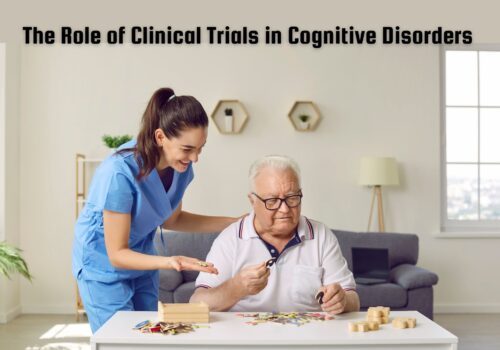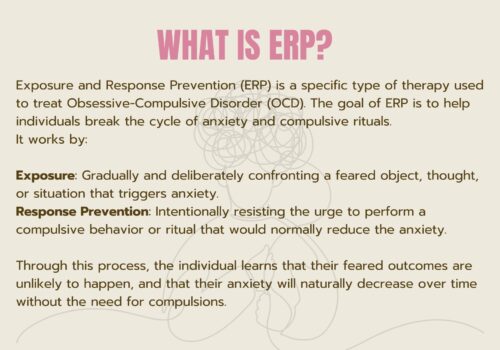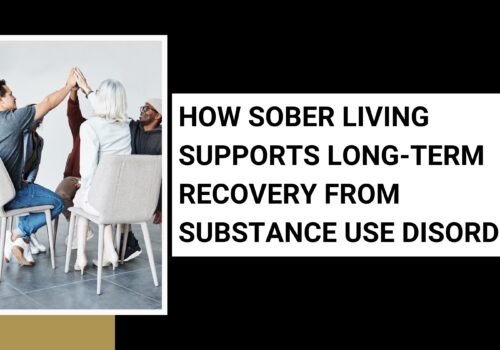We’ve come a long way over the past 125 years when it comes to mental health care in the United States. Where it was once taboo to discuss emotional discomfort, it’s now fairly mainstream. Most people today will tell you there’s no shame in seeking therapy—or even just in talking openly about your feelings. In fact, emotional intelligence has become a welcome component of many school curricula, taught right alongside traditional academic subjects.
And yet, despite all this progress, serious obstacles remain.
For one thing, the infrastructure simply doesn’t exist to meet the mental health needs of over 300 million Americans. Another issue? Even in communities that do have mental health support systems, those services aren’t always accessible to the people who need them most.
In this article, we’ll take a look at what can be done in 2025 and beyond to move things forward.
Improved Recruitment
One of the most impactful things we can do for mental health care in the United States is to ensure a strong, sustainable pipeline of professionals over the next 20, 30, 40, even 50 years. That requires not only retaining the mental health professionals we already have, but also dramatically improving how we recruit new ones.
It starts early—ideally in high school. Guidance counselors and universities can collaborate to identify promising candidates and support them through the educational process. There’s even more value if these efforts also prioritize equity and representation. Right now, many healthcare professions, including mental health, tend to skew toward white women. While there is absolutely nothing wrong with that demographic being well represented, the profession benefits from a broader range of voices.
Diverse providers can help patients from a variety of backgrounds feel seen, understood, and more comfortable. It also ensures a richer diversity of ideas and perspectives within the field itself.
Of course, it’s not just about bringing more people into the pipeline—it’s about bringing in the right people. That means individuals who are likely to complete their degree programs and remain in the field long term. Too many mental health professionals leave within the first few years of practice. If we want sustainable care, that pattern has to change.
One way to improve recruitment starting in high school is by creating partnerships between schools and local colleges to introduce students to careers in mental health early on. Career counseling programs should highlight the importance, impact, and long-term stability of these roles.
Additionally, offering scholarships and mentorship opportunities can help students, especially those from underrepresented backgrounds, pursue these careers with more confidence and support.
De-stigmatization
It’s also worth pointing out that there is still some degree of stigma associated with accessing mental health services. Sometimes that stigma is entirely internal. In other words, a person might believe that seeing a therapist is a good idea for other people.
However, when it comes to their own stress and anxiety, they prefer the white-knuckle response. It’s always easier to see other people’s faults than to admit your own and work on them. Yet, this barrier to care has caused many millions of people to suffer in silence.
It may help advance the proliferation of proactive mental health care to have a culture where people are more open about discussing their own habits and routines.
The same way most people would be perfectly comfortable saying, “Oh yes, I had my annual checkup at the doctor’s office today,” we may benefit from a world in which those same people would say, “Yes, at my weekly appointment with my therapist, we talked about x, y, and z.”
Financial Accessibility
Mental health care is expensive and often not fully covered. Even people with insurance might find that they have a relatively high deductible for mental health services. Exacerbating this is the fact that you generally receive mental health care more frequently than physical health care.
Where you might pay a deductible to see your primary caregiver once or twice a year, you could be paying that same fee once or twice a week with a mental health professional. Those costs can add up quickly. Unfortunately, there’s no easy solution to this issue. If you know how to fix the prohibitive cost of health care in this country, you might have a bright future in politics.
You can play a small part in solving the problem by communicating with local politicians. Find out who has solutions to the problem of financially inaccessible healthcare in your community.
Physical Accessibility
Don’t forget also that many people have the financial means to access regular mental health care appointments but lack transportation opportunities.
This is primarily a concern in rural communities, where one clinic might serve 30, 40, or even 50 miles of land. However, it can also be an issue in cities where people might not have regular access to cars. There are already several solutions in play.
One of them is remote counseling sessions. Through a variety of services, you can now choose counselors from all over the world and communicate with them through phone or video conferencing technology. Other communities are solving the issue by bringing counselors directly to the patients. Mobile clinics are an effective way of helping people who can’t get to physical appointments receive face-to-face consultations.
Conclusion
It’s not exactly right to say that a better future for American healthcare is right around the corner. That said, we’ve made a lot of recent progress. Let’s keep that trend alive. You can be a part of that better future by getting involved in the world of healthcare, either as a provider or an advocate.
Many people do this by becoming a doctor or nurse. Don’t sleep on the importance of advocacy. By getting a BSW or an MSW, you can participate in the very important world of healthcare social work.
People need help navigating the complexities of our modern system. You can provide that assistance as a social worker.
There are so many different ways to contribute to your local healthcare community. Find the one that makes the most sense for you.















